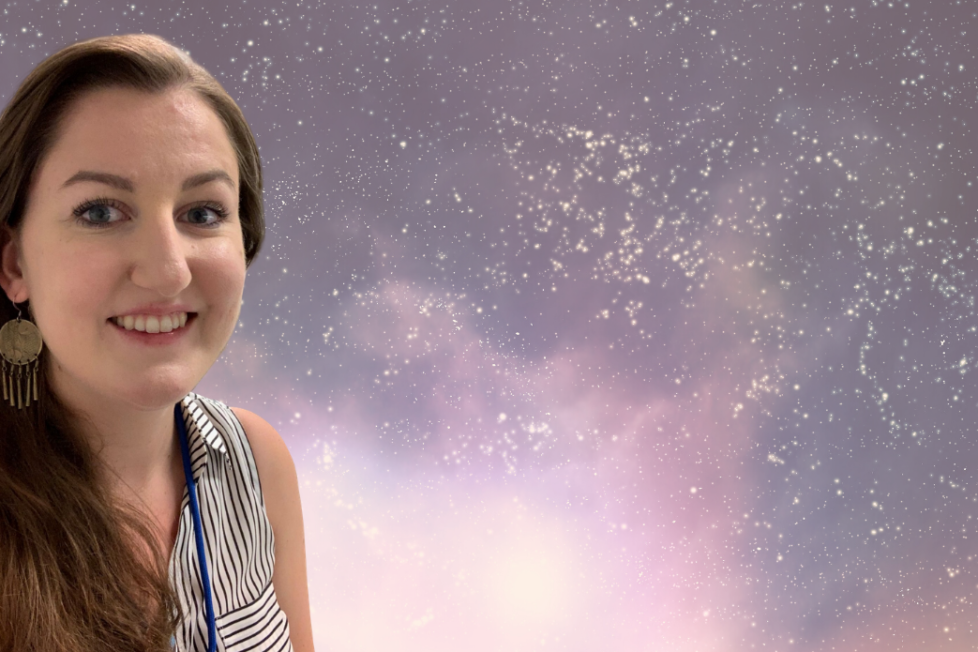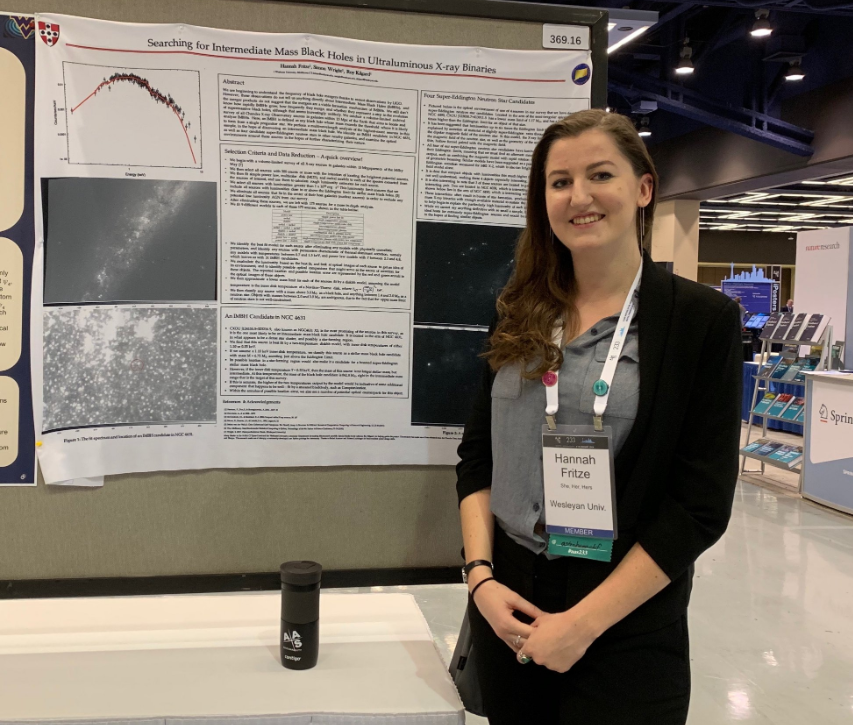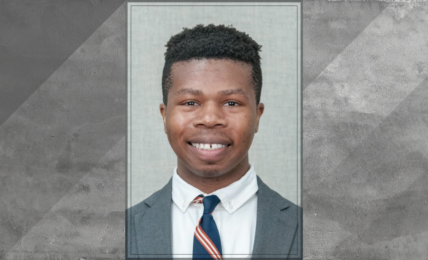PROFILE: Hannah Fritze, Astrophysics graduate student
My name is Hannah Fritze. I am a first-year graduate student at the University of Utah Department of Physics and Astronomy, and I previously worked as a student intern at the Lawrence Livermore National Laboratory, in the Physical Sciences/HED Division.










